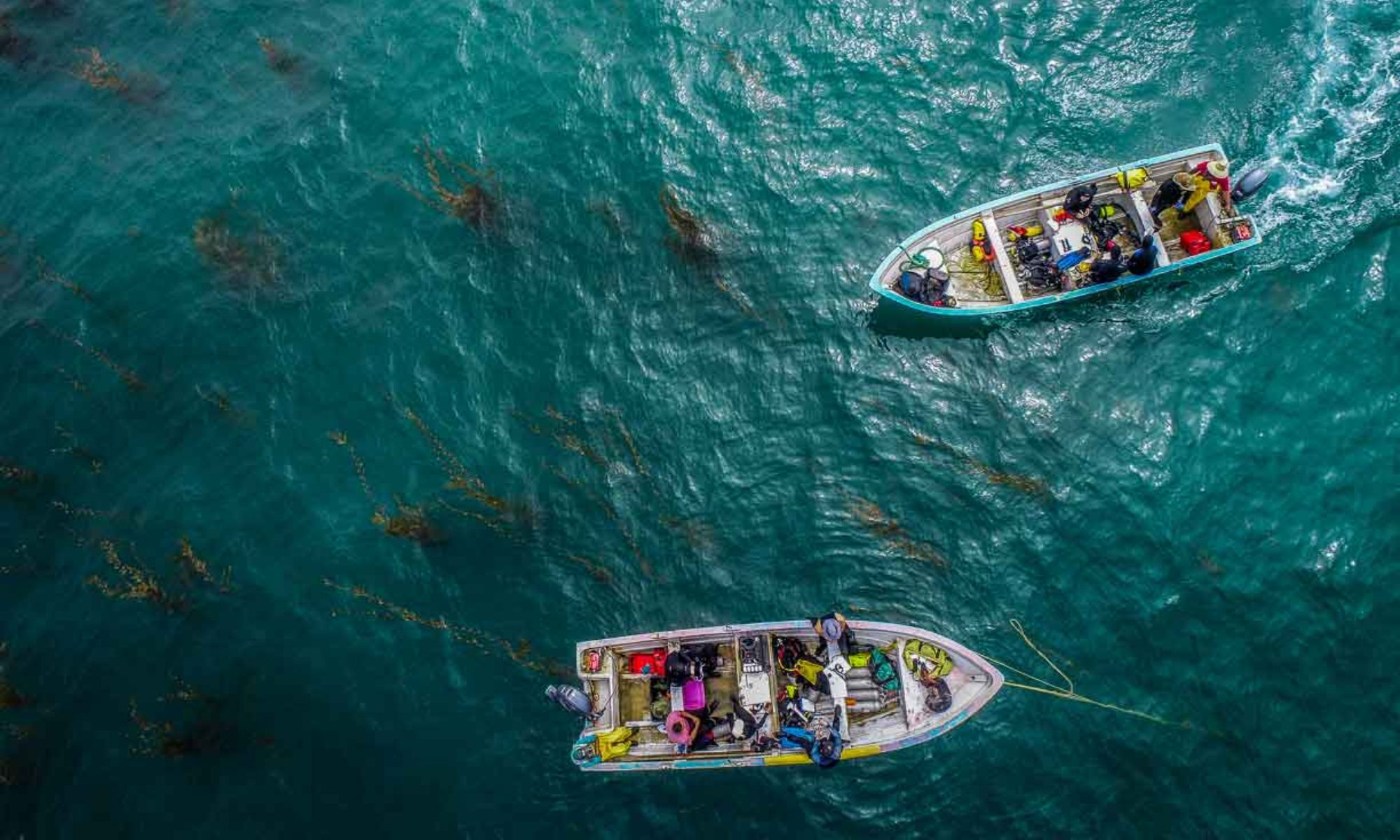Modelling and forecasting
*Disclaimer: the following information is part of an ongoing PhD research project. Any
use of this information (total or partial) is prohibited and protected.
We gathered several different sources of published information and reconstructed the
historical (before 2000) red sea urchin fishery (RSUF) data from 2000 to present. Catch
information was used to estimate catch per unit effort (CPUE kg/diver). Historic CPUE
data was used to forecast “future” (2016-2017) RSUF season. We are comparing
modeled forecasts with actual season data in order to assess the accuracy of our model.

Catch information was used to estimate catch per unit effort (CPUE kg/diver).
Historic CPUE data was used to forecast “future” (2016-2017) RSUF season.
We are comparing forecast data with actual season data in order to assess the
accuracy of our forecasting model.

We also collected oceanographic information from several public sources relevant to
the biological processes that affect red urchin populations (e.g., El Niño, Upwelling, etc.)
to build a general linear model (GLM) to observe which variable(s) correlated with RSUF
catch and CPUE data. Preliminary analysis showed significant correlation between
upwelling and RSUF CPUE, thus allowing us to “predict” future values of RSUF CPUE
using only the Upwelling Index Anomaly.

With this preliminary model we are able to predict RSUF CPUE and catch using only
values of measured Upwelling Index for the Baja California region. We are in the process
of modeling RSUF catch and CPUE in different time periods in order to observe if the importance of predictor variable(s) shifts throughout the entire time series and how
potential shifts may affect our forecasting accuracy.

Contact: Alfonso Medellin

